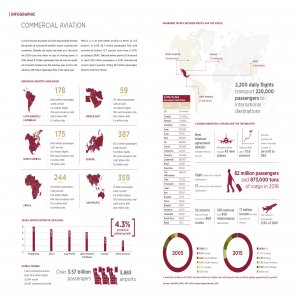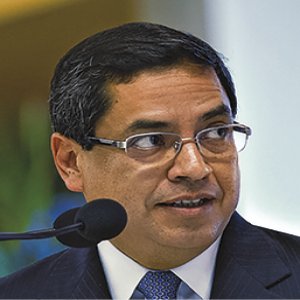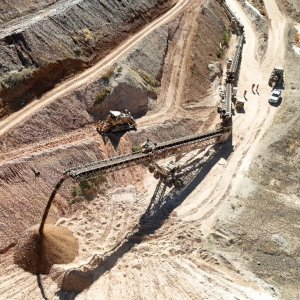Triple-Helix Coordination Advances Aero Sector

STORY INLINE POST
Q: You have cited aerospace as an economic catalyst in the past. What factors have made this industry influential?
A: Over the last decade, the Mexican aerospace industry has become the third-largest FDI recipient worldwide, receiving 60 FDI projects between 2009 and 2015. Having major international companies in the field establishing design and engineering centers in Mexico, such as Bombardier, Safran Group, GE, Honeywell and Airbus Helicopters, reflects the country’s competitive manufacturing costs, which are the most competitive in the Americas, according to KPMG Competitive Alternatives 2014. It also reflects the availability of specialized human capital.
The positive performance of the Mexican aerospace industry has been the result of coordinated actions by leaders of the triple helix: industry, academia and government. ProAéreo will continue to be an important tool for guiding and promoting the aerospace industry’s development in the years to come. Regarding the aerospace sector’s contribution to the country’s manufacturing GDP, it has doubled from 0.34 percent in 2007 to 0.71 percent in 2016. We expect this contribution to continue growing over the next few years.
Q: How do you expect ProAéreo’s targets and measures to be adjusted in the face of Mexico’s more conservative economic forecasts?
A: I believe that the best way to cope with a complex economic scenario, which is not exclusive to Mexico, is by developing strong and suitable solutions. ProAéreo is working on a 2.0 version of the program to trigger more ambitious results for the aviation and aerospace industry in Mexico. The Ministry of Economy, along with ProMéxico and local industries, is leading a strategy to reshape some of the goals of the ProAéreo 2012-2020 program to better suit the industries’ needs and performance projections. ProAéreo 2.0 will extend its roadmap until 2025.
Q: As an industry that is dependent on FDI, how do you expect currency fluctuations to affect investment decisions?
A: Currency changes mainly impact a country’s export capacity, rather than impacting its attractiveness for investors. Foreign direct investment decisions rely on a multitude of variables and they reflect a company’s expectations for growth and its long-term strategy to achieve its goals. Mexico offers favorable conditions for aerospace and aviation developments, including legal certainty and infrastructure, as well as specialized human capital.
Mexico is continuing its efforts to remain an attractive FDI destination by improving the business environment, implementing structural reforms in key sectors, streamlining regulations and improving infrastructure across the country.
























